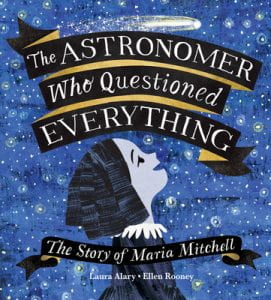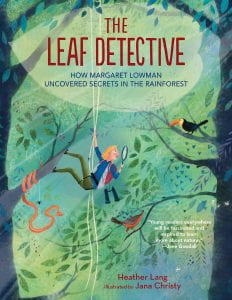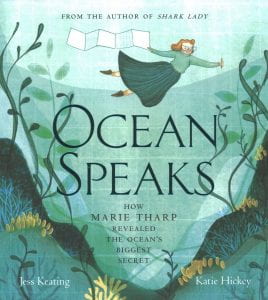 Marshall, Linda Elovitz. Sisters in Science: Marie Curie, Bronia Dluska, and the Atomic Power of Sisterhood. Alfred A. Knopf, 2023. 978-0-593-37759-8. Unpaged. Grades 2-5. $18.99.
Marshall, Linda Elovitz. Sisters in Science: Marie Curie, Bronia Dluska, and the Atomic Power of Sisterhood. Alfred A. Knopf, 2023. 978-0-593-37759-8. Unpaged. Grades 2-5. $18.99.
Although many are familiar with the scientist Marie Curie, few know the accomplishments of her older sister Bronia. The girls grew up in Poland and loved learning. They even went to a secret university, since women were not allowed to attend college at that time. Eventually, they were accepted at the Sorbonne in Paris, but they could not afford to go together. The siblings made a pact and agreed that Bronia would go first to study medicine and after her studies were finished, it would be Marie’s turn. Marie loved her time in Paris and enjoyed studying chemistry, physics, and math. After graduation, she shared a laboratory with another scientist, Pierre Curie, and they eventually married. Together they ascertained the process of radioactivity for which the couple and another scientist won the Nobel Prize in Physics. Later the widowed Marie won her second Nobel Prize, this one in chemistry, for discovering two new elements. Bronia and her husband returned to Poland and opened a hospital. Then Marie invented the X-Ray machine, which both she and Bronia used during WWI to help soldiers with their gunshot wounds and other injuries. After the war, Curie opened a Radium Institute in Paris and later another one in Bronia’s hospital in Warsaw, both designed to treat patients with cancer. These two sisters made a pact and overcame adversity to make advancements in both science and medicine. The back matter includes a timeline, a list of suggested print and digital resources, and an author’s note. Interestingly, the illustrations were created by Anna and Elena Balbasso, who happen to be twin sisters from Italy. The award-winning pair uses a variety of media in their detailed drawings, which help make the storyline come alive.
THOUGHTS: The story of the lives of these sisters shows the power of science and working together. It is a good choice in science or STEM units and as a read aloud during Women’s History Month. Perhaps their story will inspire children to work hard to achieve their dreams. Highly recommended for elementary collections.
Picture Book Biography
540.92 Chemistry-Biography



